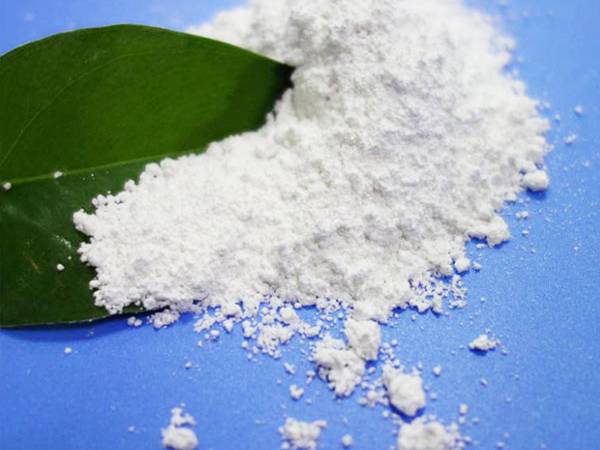



Chemical Treatment Methods for Effective Water Disinfection and Purification Techniques
Chemical Disinfection of Water Ensuring Safe Drinking Water
Access to clean and safe drinking water is a fundamental human right and essential for public health. One of the most effective methods for ensuring water safety is through chemical disinfection. This process involves the application of chemical agents to eliminate pathogens and harmful microorganisms that can pose health risks to humans.
The most commonly used chemical disinfectants in water treatment include chlorine, chloramines, ozone, and sodium hypochlorite. Each of these disinfectants has its unique properties, advantages, and limitations.
Chlorine is the most widely used disinfectant globally due to its effectiveness and cost-efficiency. It acts rapidly against a wide range of bacteria and viruses. When chlorine is added to water, it forms hypochlorous acid, which is highly effective in killing pathogens. However, chlorine can react with natural organic matter in water, leading to the formation of disinfection by-products (DBPs) such as trihalomethanes (THMs), which are potential carcinogens. Therefore, careful monitoring of chlorine levels and by-products is necessary to ensure water safety.
Chloramines, a combination of chlorine and ammonia, are increasingly used in drinking water treatment as a secondary disinfectant. They offer a longer-lasting residual effect compared to chlorine, which helps maintain water quality as it travels through distribution systems. Chloramines produce fewer DBPs, making them a safer option in certain situations. However, they are less effective against certain pathogens, particularly viruses, and may require careful adjustment of treatment processes.
chemical disinfection of water

Ozone is another powerful disinfectant, known for its ability to kill bacteria, viruses, and protozoa effectively. It is generated on-site and decomposes quickly, leaving no residual chemical in the water. Ozone disinfection does not produce harmful DBPs associated with chlorine. However, ozone treatment requires careful handling and monitoring, as it can be more expensive and necessitates specialized equipment and safety precautions.
Sodium hypochlorite, commonly known as bleach, is another chemical used for water disinfection. Its effectiveness is similar to chlorine, but it is generally easier to handle and dose. However, it also requires careful monitoring for by-products.
Regardless of the disinfectant chosen, ensuring the safety of drinking water involves a multi-barrier approach. This includes source water protection, proper treatment processes, and vigilant monitoring of water quality. Regulatory agencies, such as the Environmental Protection Agency (EPA) in the United States, set standards for disinfectants, DBPs, and overall water quality to protect public health.
In conclusion, chemical disinfection plays a crucial role in providing safe drinking water. By utilizing various disinfectants effectively and monitoring their impact on water quality, communities can reduce the risk of waterborne diseases and safeguard public health. As water treatment technologies continue to evolve, ongoing research and development will be vital for improving disinfection techniques and ensuring access to safe and clean drinking water for all.
-
Why Sodium Persulfate Is Everywhere NowNewsJul.07,2025
-
Why Polyacrylamide Is in High DemandNewsJul.07,2025
-
Understanding Paint Chemicals and Their ApplicationsNewsJul.07,2025
-
Smart Use Of Mining ChemicalsNewsJul.07,2025
-
Practical Uses of Potassium MonopersulfateNewsJul.07,2025
-
Agrochemicals In Real FarmingNewsJul.07,2025
-
Sodium Chlorite Hot UsesNewsJul.01,2025










